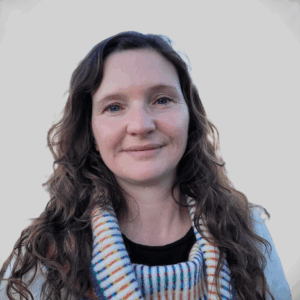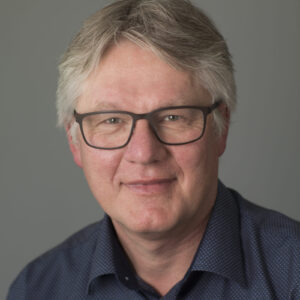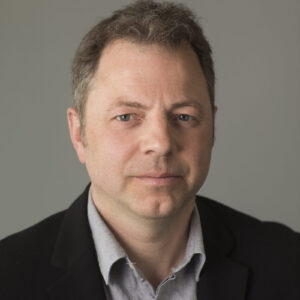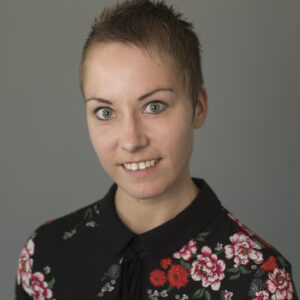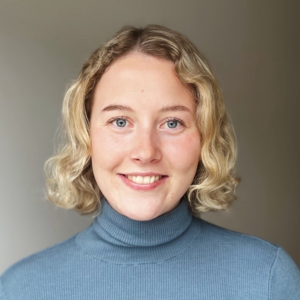Promoting collaboration for sustainable and circular use of bioresources across agriculture, forestry, and aquaculture (CIRCLE)
Title: Promoting collaboration for sustainable and circular use of bioresources across agriculture, forestry, and aquaculture (CIRCLE)
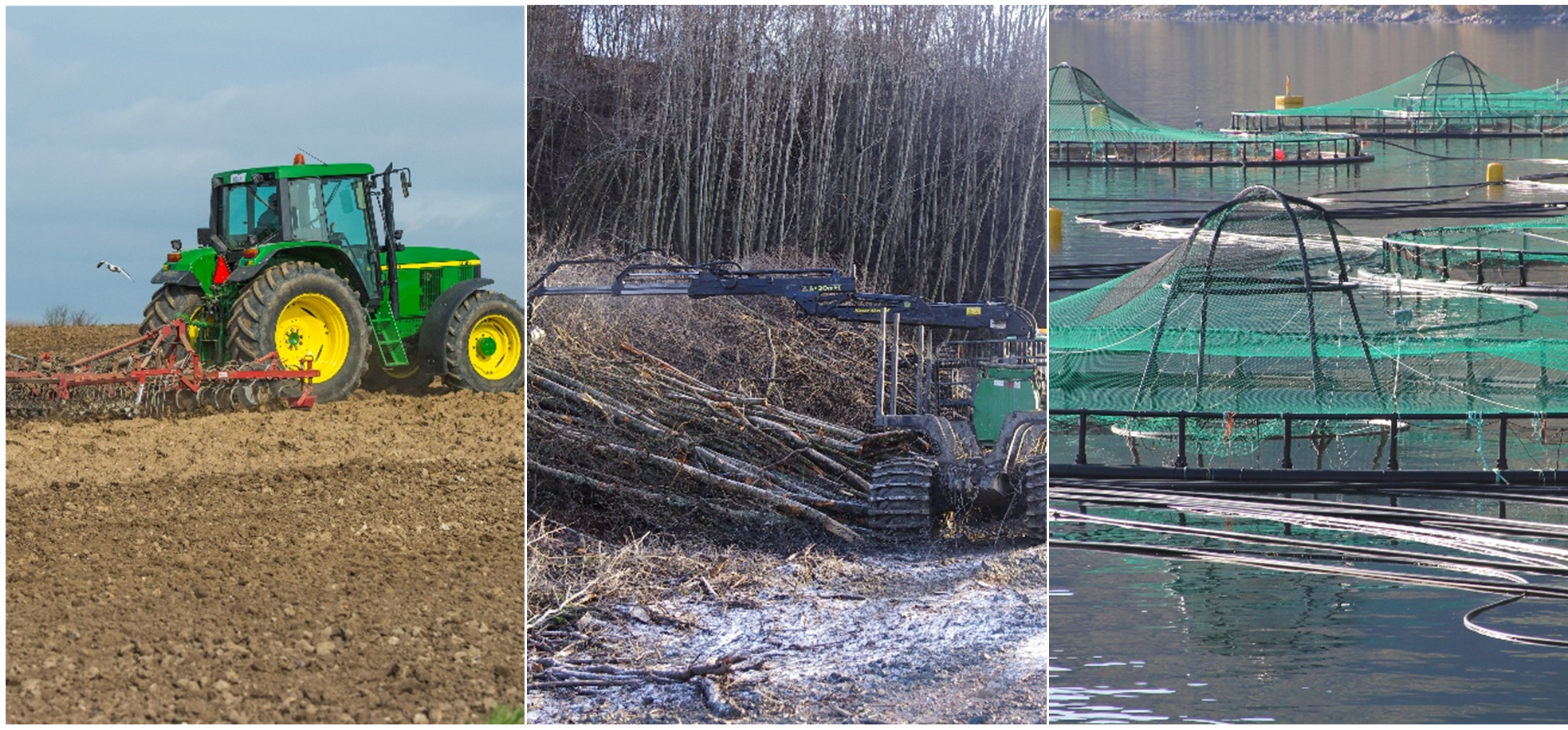
Funding source: Research and education, Baltic Research Programme, European Economic Area (EEA) Grant, Project no. EEZ/BPP/VIAA/2021/9 (https://eeagrants.org/, https://eeagrants.lv/)
Implementation period: 01.10.2021.–30.04.2024.
Coordinator: Baltic Studies Centre (LV)
Partners: Institute of Agricultural Resources and Economics (LV), Vilnius University (LT), Estonian University of Life Sciences (EE), Institute for Rural and Regional Research (RURALIS) (NO)
Aim: The project aims to develop an interdisciplinary perspective on the circular economy in the Baltic-Nordic region by integrating insights from sociology, economics, philosophy, political science, and environmental science. The emphasis is placed on the use of by-products (bio-resources) generated as part of primary production in agriculture, forestry, and aquaculture and across the sectoral boundaries to explore the underlying models of socially- and commercially-driven collaborations, and the factors facilitating and hindering the development and wider use of circular practices and collaborative arrangements thereof.
Expected outcome: CIRCLE will generate interdisciplinary evidence-based knowledge on innovative circular business models, collaborative arrangements, and policies across and between agriculture, forestry, and aquaculture that can lead to a sustainable use of bioresources. It will provide an overview of bioresources utilised, and the factors that enable and hamper intra- and cross-sectoral circularity. Sustainability assessment criteria for circular business models will be developed to assess their socio-economic and environmental benefits. To facilitate transitions to circular bioeconomy, the project will develop pathways for sustainable and ethical circular business models and sectoral linkages and identify supportive governance and collaborative arrangements. It will generate wider societal impacts, including contribution to policies and industry, through a range of practice- and policy-oriented outputs promoting intra- and cross-sectoral circular solutions in bioresource use. CIRCLE will strengthen the research capacity of participating organisations and advance research on the circular economy in the Baltic-Nordic region.
Total funding granted: EUR 984 224
Contact person: Talis Tisenkopfs, talis.tisenkopfs@lu.lv
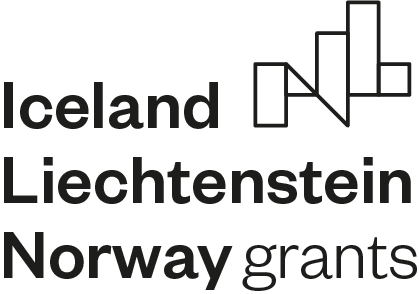
Project details
Project number
6636
Project period
01/10/2021 - 31/03/2024
Collaboration partners
Baltic Studies Centre (BSC) (project owner), Latvia; The Institute of Agricultural Resources and Economics (AREI), Latvia; The Estonian University of Life Sciences (EMU), Estland; and The Vilnius University (VU), Litauen
Financing
EEA Norway Grants, Baltic Research Program
Publications
- Article
2025
- Article
2025
Contact us
Would you like to get in touch with us?
Fill in the form below and we will answer you as soon as possible.
